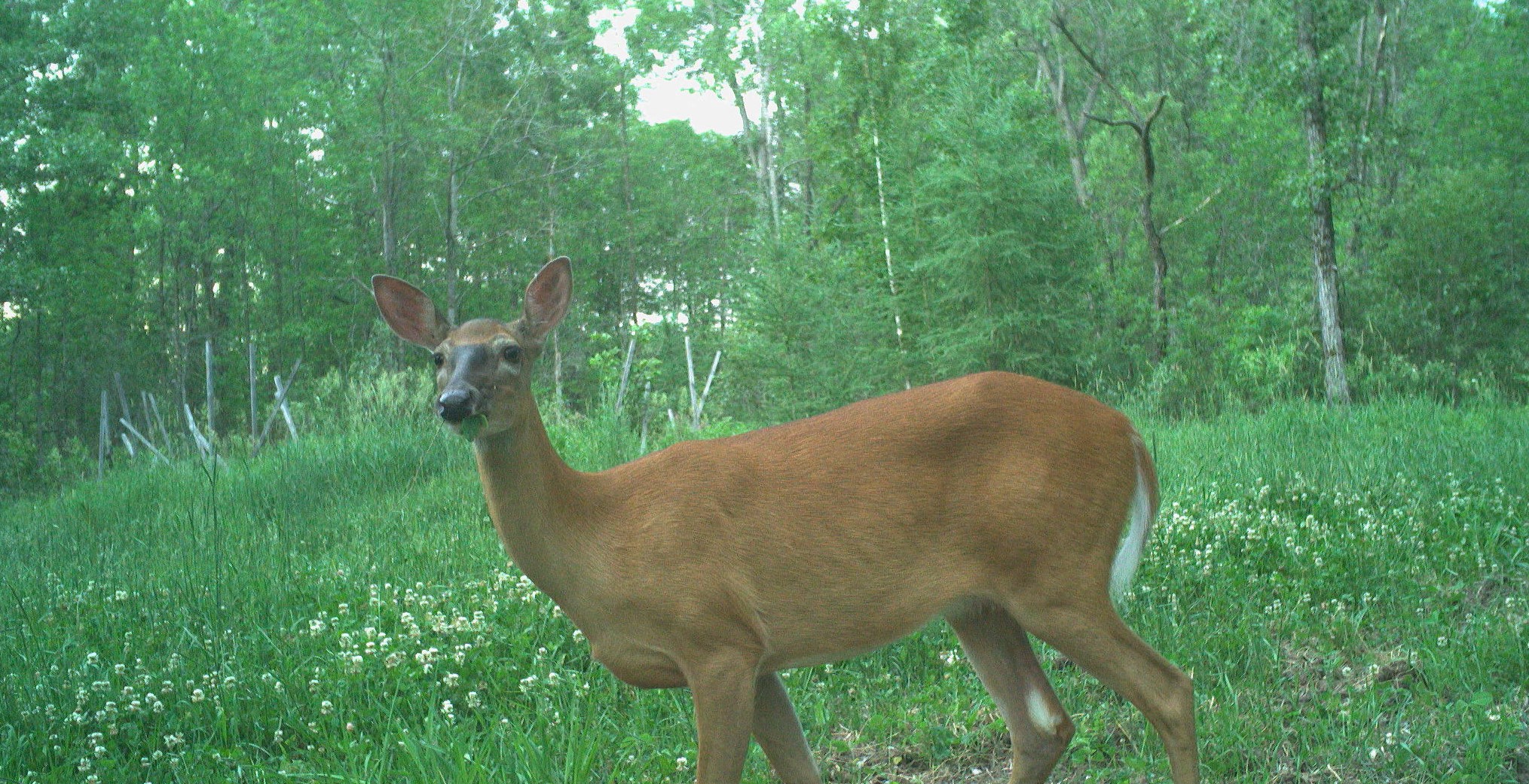Supplying a healthy deer food plot doesn’t happen by chance. In article 1 of our “Food Plots for Pros” series, we saw the surprising impact of soil nutrients in our forage crops. Today, we dive deep into transferring that soil-borne nutrition from the ground into our herds.
Deer are dietary browsers, but they know quality forage when they find it. Keeping a herd loyal to your hunting land requires a year-round nutrition management plan extending well beyond hunting season. And since managing the deer’s diet ultimately impacts yours, offering a consistent and diverse menu matters to them and you.
Many hunters focus their food plot efforts to produce solely for hunting season. But deer are creatures of habit that frequent the same patterns and food sources repeatedly. Establishing and maintaining a year-round food source will ensure that they visit your land during camo time.
Why Year-Round Feeding Matters
Like any mammal, deer require varying amounts of calories for daily activities, like bone and muscle development, body temperature regulation, and fur growth. They also need seasonal caloric energy for gestating and nursing fawns (for does) and antler growth (for bucks). These activities demand significant metabolic energy which fluctuates year-round.
The post-rut, winter, and early spring months are the most crucial months to provide nutritionally dense food. Bucks can lose up to 25% of their body weight from rutting activities. Does are also worn down from the pursuit. These feeding times may be a low priority to new hunters but are essential nutritional periods for long-term herd health.
Managing your herd’s diet year-round may sound complicated, but with some basic understanding of crop requirements and deer nutrition, you can create a revolving buffet that will improve both deer count and body condition.
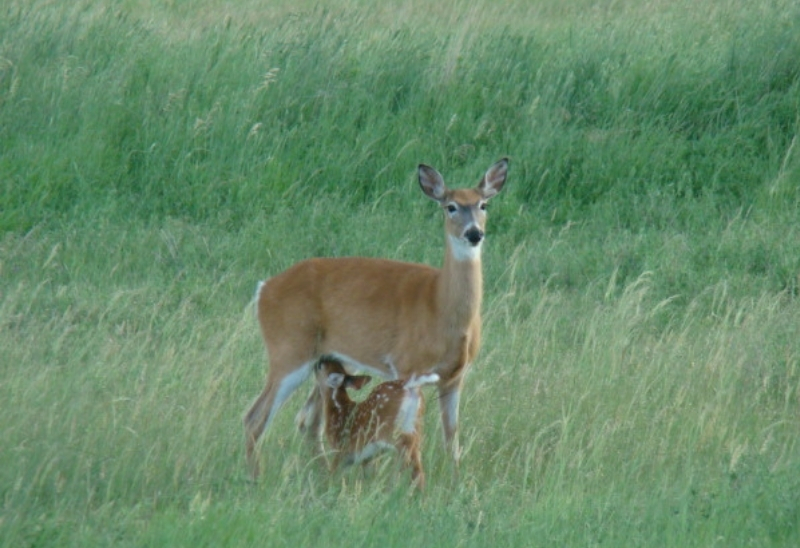 Photo courtesy of USFWS Mountain-Prarie on Flickr.
Photo courtesy of USFWS Mountain-Prarie on Flickr.
How Digestibility Impacts Nutrition
A deer’s body growth and metabolism are controlled by the amount of digestible energy they consume. Not everything that goes in gets burned for energy. Much becomes waste. What is absorbed (metabolizable energy) is the only currency deer have to expend on all daily activities.
Different forage types offer varying amounts of digestible and metabolizable energy. Think of the roughage difference between a salad and a steak! Not all forage is created equal.
Some plants offer concentrated nutrient levels but may not be easily digestible. We measure nutrient density by total digestible nutrients (TDN). It is the combination of digestible fiber, protein, fat, and carbohydrates in any food source -- a handy measurement of how much total energy a food source contains. The higher the TDN number of a forage species, the more efficiently a deer’s body can process the meal. So a higher TDN is better.
But TDN is affected by another nutritional factor - acid detergent fiber (ADF). These are the least digestible plant parts (like cellulose and lignins) that are generally passed through and eliminated as waste. A food source with a lower ADF score is more easily digested and readily available as energy.
Our goal is to maximize TDN and minimize ADF. This strategy provides the most nutrient-dense and digestible available energy for body growth and daily activity. (In our next article we’ll compare these nutritional values for common food plot crops.)
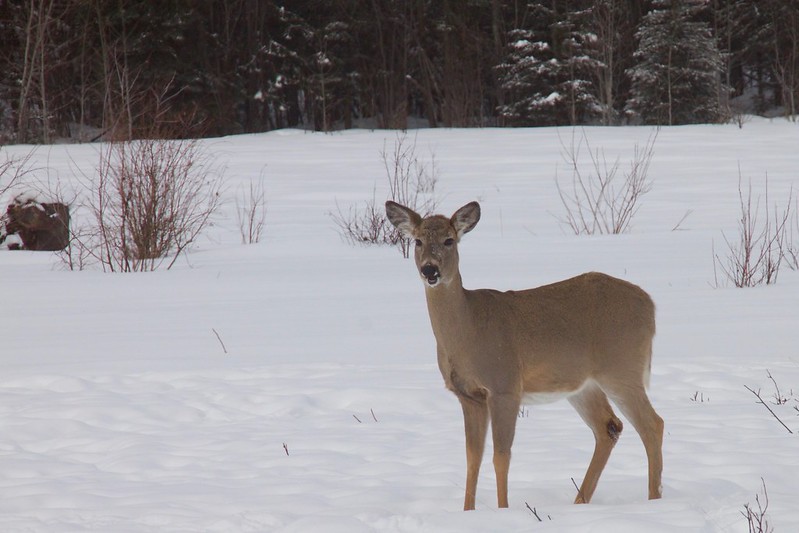 Photo courtesy of Gary on Flickr.
Photo courtesy of Gary on Flickr.
Essential Dietary Needs
Plants (native and cultivated) absorb and retain nutrients from their soil, which is one reason well-balanced soil matters. Now we want these nutrients to transfer to our deer herd. Here are two essential nutrients that deer require and that are soil-derived.
The element phosphorus (P) is fundamental to deer body growth, especially their bone structure. It’s a primary component of skeletal bone and antlers! Phosphorus is also vital in energy regulation, protein use, and reproduction.
But just because nutrients exist in the soil, doesn’t mean they make it into our deer. We need appropriate amounts, availability, and absorption. Your soil test will report the current phosphorus level and (any) recommended amount to apply for your next crop. Don’t guess, soil test.
Soil pH directly affects phosphorus availability. At both pH extremes (very acidic to very alkaline soil) phosphorus becomes less available. In other words, keep your food plot soils in a neutral 6.5-7.0 pH range. It’s interesting to note that some forages naturally offer a more concentrated phosphorus dose. Perhaps that’s why plants rich in phosphorus, like cereal grains, are highly preferred by deer!
Note that proper phosphorus absorption requires an elemental sidekick, calcium (Ca). The soil’s proportion of phosphorus to calcium is essential to plant-nutrient uptake. Aim for a 1:2 balance. But more isn’t better. As the proportion of calcium increases, phosphorus availability decreases. Again, don’t guess, soil test.
These details are what make soil testing and soil management integral to deer nutrition. Adding soil nutrients is relatively easy, but you have to know your soil test values to make appropriate changes. Healthy herds require nutritious forage, which starts with healthy soil!
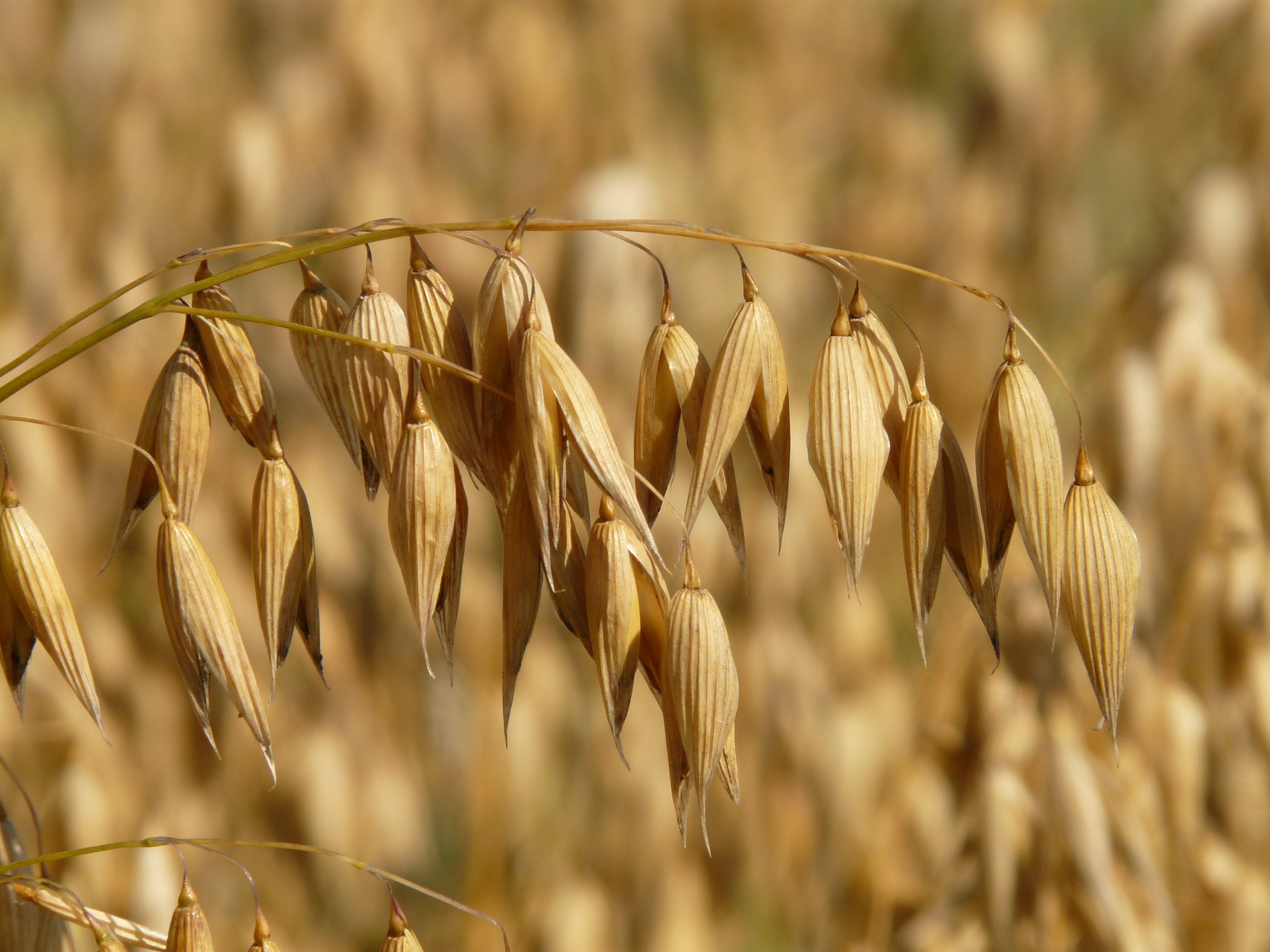 Cereal grains like oats and wheat are high in phosphorus.
Cereal grains like oats and wheat are high in phosphorus.
Supplements and Feeding
Deer need adequate calories and specific nutrients at pivotal times. If you provide dietary requirements their native diet is lacking, they will find your food sources. If natural forage doesn’t deliver (especially in stressful periods), you can plant for it or supplement it.
Supplemental feeding goes beyond planting food plots to provide pelletized feed or granular minerals. If your soil and food plots aren’t quite up to par, feed supplements can pinch-hit to attract deer. Regulations vary widely on supplemental feeding! Be sure to check with your local natural resource department for applicable laws in your hunting area before offering any supplementary feed.
If you offer supplemental feed, be sure to provide a quality, easily digestible meal high in protein and fat. Good examples include roasted soybeans, commercial deer pellets, and molasses. Don’t introduce supplemental feed suddenly or in large amounts when deer are already on winter food sources. This type of “emergency” action can be harmful as deer need to be gradually introduced to new foods in winter so that their rumens can adapt to digesting it efficiently.
Supplemental feeding can get expensive and laborious. The most economical option is to improve your plots then, if allowed and desired, offer feed on a metered, timed-release basis -- if at all. Providing richly abundant forage is preferred and will keep the deer tuned to your land over the long haul.
Trace minerals (loose or in block form) are important year-round, especially if your soil balance isn’t fully dialed in. Providing mineral supplements will support deer body and antler growth at crucial times (doe lactation and buck velvet). Plus, these locations make excellent game camera spots to keep tabs on attendance and body development.
A well-planed supplemental feeding and forage program will satisfy the changing needs of deer and augment native forage over the year. When you can provide what nature doesn’t, you’ll be seeing more deer, more often.
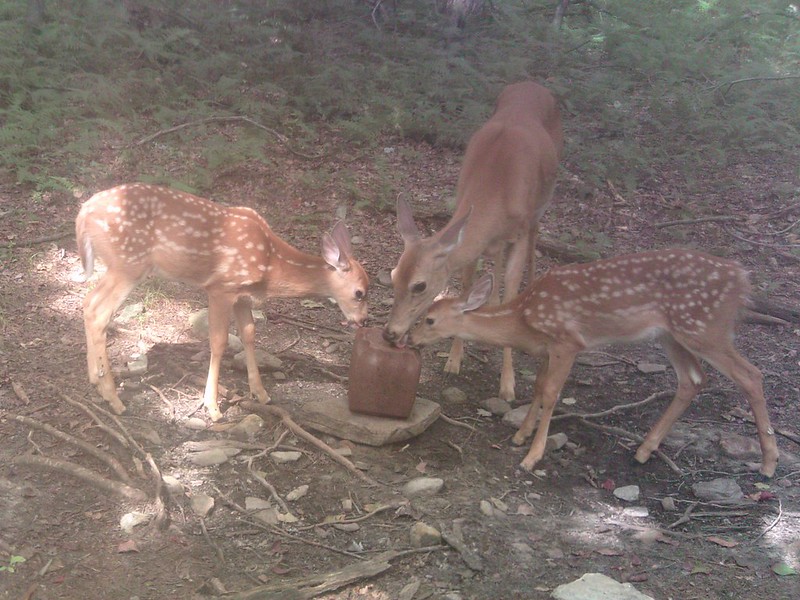 Photo courtesy of James Gates on Flickr.
Photo courtesy of James Gates on Flickr.
Wildlife Management is About Balance
The goal of any wildlife manager is to provide deer with the optimum food, cover, and bedding sources they need and that our soil can sustain. To keep wildlife healthy, we must keep our soil healthy first. That’s why soil management is the heart of any functional game land. We need to be careful not to deplete our soil by constantly reaping and not replenishing it. Keeping a constantly growing plot goes a long way towards healthy soil.
Maintaining wildlife habitat is an ongoing balance of goals and limits. But the reward of thriving animal populations is richly satisfying and worth the effort.
Next Up: Crop Rotation
In article 3 of our “Food Plots for Pros” series, we’ll evaluate different forage options, see why crop rotation matters, and even provide a few crop rotation plans to consider for your food plots.
Deer Creek Seed is your resource for soil evaluation, food plot planning, and premium forage seed. Let us help you create a wildlife buffet for all seasons. Improving soils to benefit wildlife is a cumulative process that takes time but pays big rewards. There’s no time like today to start! Let us know how we can help make your food plots outperform your neighbor’s.
Additional Resources
- Considering supplemental feed for wildlife? Be sure to read Supplemental Feeding for White-Tailed Deer by Texas A&M University.
- Want to learn more about deer nutrition and forage availability? Read Forage Quality for White-Tailed Deer Across Nine Primary Habitats in Louisiana from the University of Georgia.
- To learn more about why crude protein and TDN matter (albeit in cattle), read Forage Nutritive Value on Livestock Production by Mississippi State University.
- The Noble Institute provides a comparison on native browse nutrient values to compare with your supplements in Feeding Deer: How Does Your Supplement Compare to Common Native Deer Foods?



